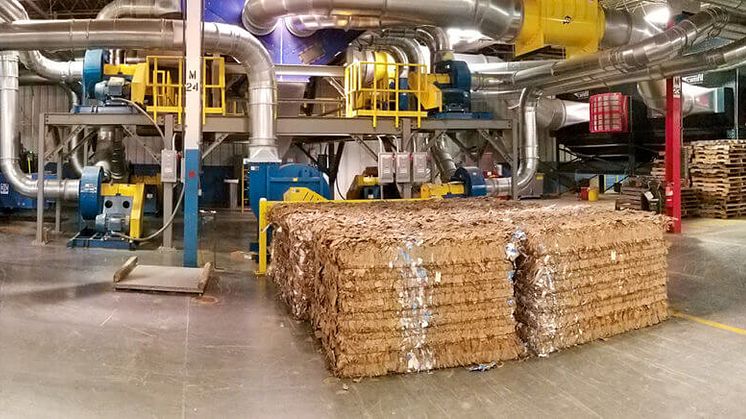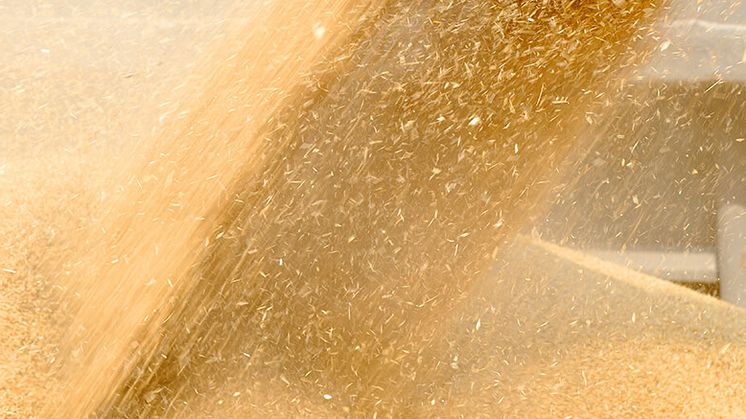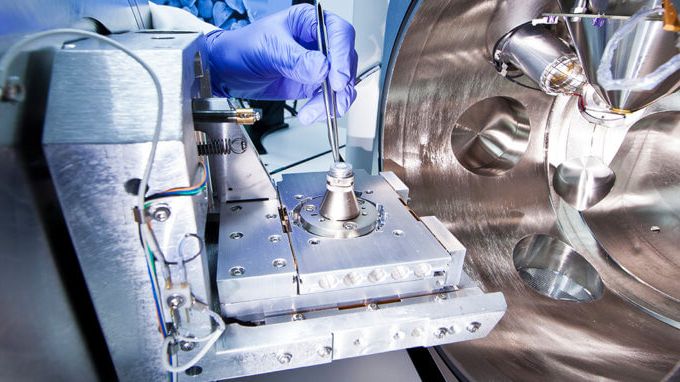
Blog post -
Controlling Dangerous Dusts from Cardboard and Paper Scrap while Minimizing Energy Costs
There are many paper manufacturing processes that generate dust and scrap including trim machines, die cut presses, shredders, balers and vacuum feed conveyors. Besides being a housekeeping nuisance, this dust is combustible, which is why facilities use industrial dust collectors. Most paper dust is classified as ST1 and is around 100Kst. Here are some important points to consider that can improve your air quality and reduce your HVAC energy costs.
USE A CARTRIDGE-STYLE INSTEAD OF A BAG-STYLE COLLECTOR
Standards allow corrugated paper manufacturers 5 mg/m3 or .002 gr/CFM particles in the indoor air. Bags won’t meet the clean air standard without additional filtration downstream. Bags average 40 mg/m3, while cartridge-style dust collectors like the Gold Series X-Flo consistently achieve levels well below 5 mg/m3. In addition, cartridge collectors occupy a much smaller footprint and require a much less expensive installation. Each cartridge is equivalent to 8-10 bags, which greatly reduces filter replacement downtime.
MAKE SURE YOUR COLLECTOR HAS EXPLOSION PROTECTION AND COMPLIES WITH NFPA STANDARDS
In 2008, the National Fire Protection Association (NFPA) changed their explosion protection guideline to NFPA 68 Standard on Explosion Protection by Deflagration Venting. The newest version of NFPA 68 Standard was released in 2018. Companies that handle paper and scrap are heavily impacted by this development, since paper dust is generally highly combustible and an unprotected dust collector can be the source of an explosion and/or fire.
Make sure your dust collector has an explosion vent, explosion isolation valve or other form of combustible dust mitigation, and that the equipment complies with NFPA standards. The first step is getting your dust tested and completing a dust hazard analysis. This is required to be completed by the end of this month, so if you haven’t started the process yet, your facility needs to get moving.
RECIRCULATE YOUR HEATED AND COOLED AIR
As you know, a lot of energy is used to heat and cool the air inside factories and other processing facilities. To do their job effectively, dust collection systems move a lot of air from the plant or other manufacturing facility they are cleaning. Dust collectors generally take the inside dust-laden air, send it through the filters to remove the dust, and then expel it outside via ducting. When the inside air is heated or air conditioned, the facility’s HVAC system has to work hard to continually replace the air that was removed.
Facilities can reduce their energy usage by safely recirculating the cleaned air back into the workspace. However, this can’t be done safely without a filter on the return ducting that prevents the dust from re-entering the workspace if there is a leak in the primary filter system.
A properly tested and documented integrated safety monitoring filter (iSMF) provides that function without using additional floor space. The iSMF also functions as a flame arrestor for combustible dust, making it safe for facilities handling combustible dust to recirculate their air.
SELECT A DESIGN THAT MINIMIZES BRIDGING
A modern dust collector like the Gold Series X-Flo uses specially designed crossflow inlet filter cartridges positioned vertically. These design features help stop paper fibers from bridging, especially in processes such as book binding, printing and corrugated boxboard production. In extreme cases, nylon over-bags can be installed on the cartridges to prevent bridging.
SELECT A QUALITY BRAND THAT MINIMIZES DOWNTIME
There are dozens of dust collector manufacturers out there, but only a few that have been exclusively designing industrial cartridge-style dust collectors. Camfil APC has thousands of collectors in use around the world, and the brand is known for its rugged and durable quality. Its Gold Series collectors are still manufactured in the United States, and many have been in operation for over 30 years. In the paper industry, it’s critical to have collectors like these that are dependable and can be serviced quickly and easily to minimize downtime.
SELECT THE CORRECT FILTER CARTRIDGE
It is ideal to use a dust collector with filter cartridges positioned vertically, as these are better able to handle high dust-loading applications. They efficiently evacuate high volumes of dust to drums/hoppers, so only the finest dust is collected in the cartridges. Even if you aren’t in the market for a new dust collection system, you can improve the performance of your current system by using premium filter cartridges. Though they carry a higher purchase price, they last longer and save energy costs, costing far less in the long run. Camfil’s HemiPleat filters last longer and improve the performance of any dust collector because they maximize airflow (CFM) and minimize pressure drop and filter change-outs. You can pull more air with less energy, providing better indoor air quality.
In addition, it is important to select cartridges with the right filter media for your application. For example, paper dusts that are sticky or and carry static electricity require spunbonded or conductive media respectively. Large cyclones can be used to eliminate larger bulk material before it is sucked into the dust collector.
For assistance selecting the best dust collector or filter cartridges for your specific paper scrap application, contact a Camfil dust collection expert.


